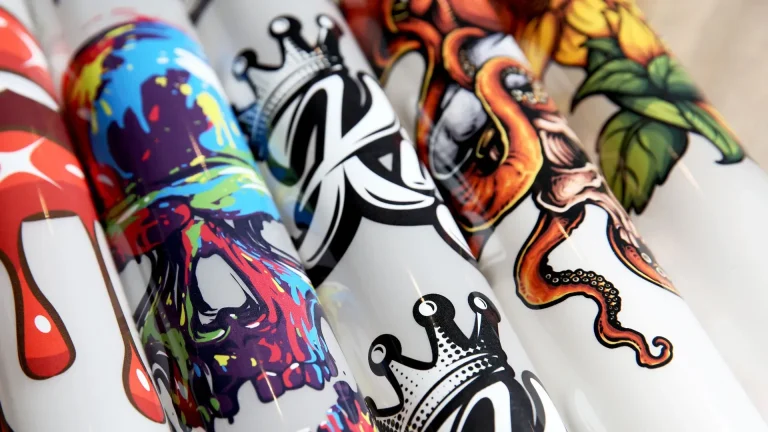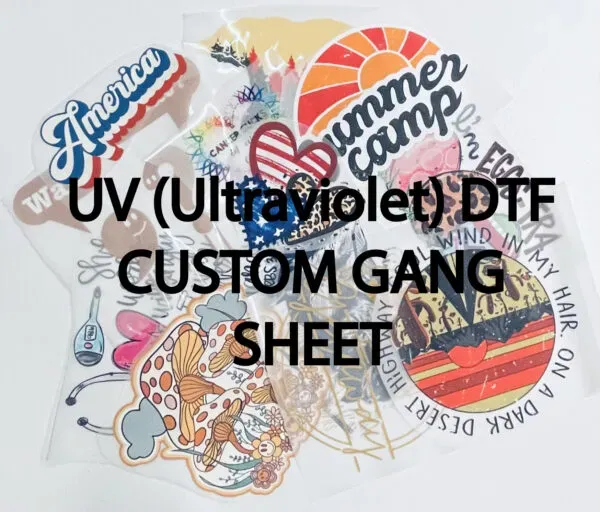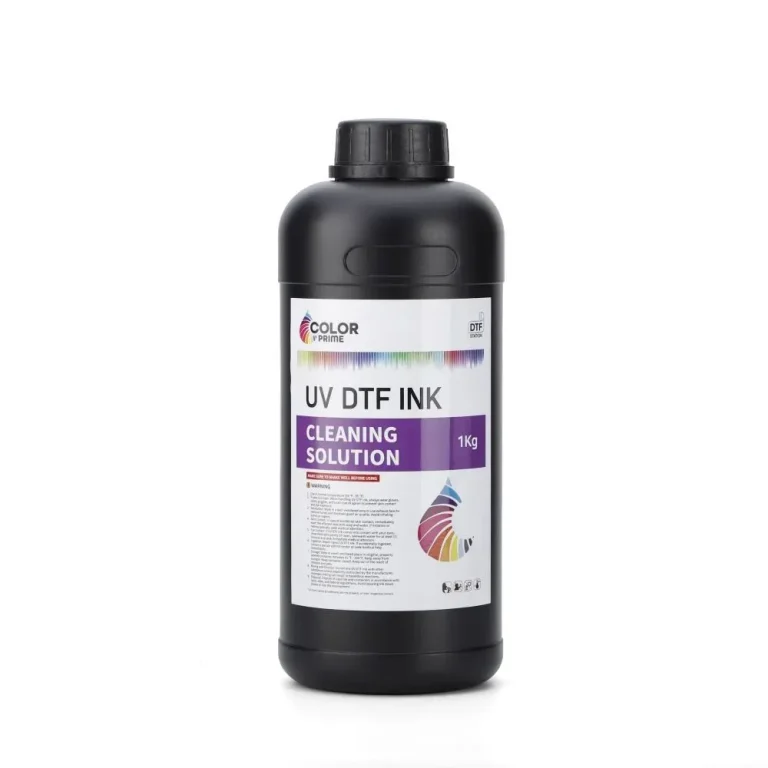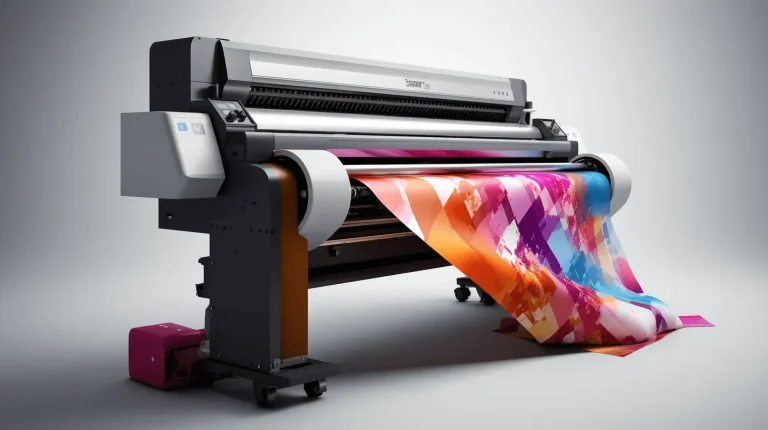DTF printing has revolutionized small-batch apparel by delivering durable, vibrant designs on a wide range of fabrics, from cotton tees to performance blends, with a soft hand that rivals traditional methods. This direct-to-film printing approach offers a simpler workflow than traditional screen printing and many inkjet processes, with fewer steps, less setup time, and strong durability across colors. In this beginner’s guide, you will find the essentials from DTF supplies to a step-by-step workflow, plus design tips, material notes, and practical troubleshooting to help you start printing with confidence. Understanding the process also means knowing how to select a reliable DTF printer and DTF ink, as well as the right adhesive powder, curing method, and supported fabrics to ensure consistent transfers. Whether you are crafting for a hobby or a growing business, DTF transfers provide a flexible path to durable, soft-feeling prints that endure through wear, washing, and frequent use.
DTF Printing Essentials: From Direct-to-Film Setup to First Transfers
DTF printing has grown popular for small businesses, makers, and hobbyists. For a solid start in direct-to-film printing, you’ll assemble a core set of DTF supplies, including a DTF printer that can handle pigment inks, DTF film, DTF ink in CMYK plus white, an adhesive powder, a powder shaker, a heat press, and basic finishing tools. This setup supports direct-to-film printing workflows, delivering durable, vibrant transfers on cotton, blends, and synthetics.
The typical workflow is clear: design, print onto the DTF film with your DTF printer and DTF ink, apply adhesive powder, cure, align the transfer on the garment, and press with heat and pressure. This creates a flexible DTF transfer that sticks well on many fabrics. When printing on dark fabrics, plan the white underbase and ensure proper curing to prevent edge lifting and cracking.
To keep results consistent, manage color with software and RIP options, maintain your DTF ink, and troubleshoot by testing on similar substrates. Store DTF film properly and track temperature and time. As you scale, you may experiment with film thicknesses and specialty inks for brighter whites on dark fabrics, expanding your capabilities with DTF supplies.
Troubleshooting and Optimizing DTF Transfers for Consistent Results
Even with a solid setup, you may see color shifts, powder clumps, or curl in the film. Start with calibration: verify color profiles for direct-to-film printing, confirm the adhesive powder cures fully, and adjust the heat press temperature, time, and pressure. These steps help ensure high-quality DTF transfers across fabrics.
Practical checks include ensuring white ink prints cleanly, removing oil residues from the film, and applying a consistent powder coat with a shaker. If curling persists, store film flat and consider a pre-press on the garment. Testing on fabrics similar to final products helps you predict results for DTF transfers and refine your process.
Ongoing maintenance supports repeatable results: clean printheads, inspect film stock for moisture, recalibrate color profiles or RIP software as needed, and keep DTF printer parts in good condition. A steady routine around DTF supplies, powder quality, and heat press calibration helps you achieve reliable DTF transfers across runs.
Frequently Asked Questions
What is DTF printing and what starter supplies do I need for direct-to-film printing?
DTF printing is a fabric decoration method that prints designs onto PET film using pigment inks, then applies adhesive powder and transfers the design to garments with heat and pressure. To start, gather essential DTF supplies: a DTF printer with DTF ink, DTF film, adhesive powder, a powder shaker, a heat press, scissors and lint-free cloths, and design software (RIP software optional) to manage color for DTF transfers.
What are the best practices to ensure reliable DTF transfers and maintain color accuracy?
For reliable DTF transfers, follow these: cure the adhesive powder completely after printing; calibrate the heat press for the correct temperature, time, and pressure for your fabric; store DTF film properly to prevent moisture and curling; recheck color profiles and perform soft-proofing with test prints on similar fabrics; print white ink first on dark fabrics to preserve brightness; keep the DTF printer, film path, and inks clean to prevent color shifts and adhesion issues.
| Section | Key Points |
|---|---|
| What is DTF Printing? | Direct-to-film printing uses a printer to print designs onto a PET film with pigment inks, followed by applying an adhesive powder, curing, and transferring the design to fabric with heat and pressure. The result is a flexible, durable transfer that works on cotton, blends, polyester, and many fabrics. |
| DTF Supplies You Need | DTF printer, DTF film, DTF ink (cyan, magenta, yellow, black, white), adhesive powder, powder shaker, heat press, and weeding/finishing tools. Software for design/color management (RIP optional). Optional extras include steam-free storage, hypoallergenic coatings, and test swatches. |
| How Direct-to-Film Printing Works | Workflow summary: prepare design with color management; print onto DTF film (white ink often first on dark fabrics); apply and cure adhesive powder; align transfer on garment; transfer with heat/pressure; peel and inspect; finish and care. Store properly for color retention. |
| Design Tips for DTF Printing | Use high-resolution artwork with clean edges; manage white ink for dark fabrics; consider layering and halftones for subtle gradients; calibrate color with soft-proof and monitor accuracy; test on the actual substrate before large runs. |
| DTF vs Other Methods | DTF sits between traditional screen printing and full-color inkjet. Compared to DTG, DTF often requires no pre-treatments and can offer strong durability on a wider range of fabrics. It can be more efficient for small runs and multi-color designs than heat transfer vinyl or traditional screen printing, with soft, flexible results. |
| Maintenance and Troubleshooting | Regularly clean printheads and film path; store film in a cool, dry place; keep powder application consistent with a shaker; check heat press calibration; verify color profiles and recalibrate if colors appear muddy or oversaturated. |
| Getting Started: A Practical Path for Beginners | Start with a small, affordable setup or starter bundles; practice with simple designs on common fabrics (cotton tees, pillow cases, tote bags); track results with notes on temperature, time, pressure, and film type to reproduce successful transfers. |
| Safety and Compliance | Follow safety guidelines for hot materials and powders; ensure proper ventilation; store powders and inks away from children/pets; check materials for allergen concerns especially for items intended for sale. |




